The largest city in Europe that isn’t the capital of its country is located in northern Germany and is home to over 5.1 million inhabitants.
Hamburg is the second-largest city in the country after Berlin and this obviously means that it’s home to many architectural highlights.
The city grew in importance as a Hanseatic city as it served as an important trading center for this medieval alliance.
Later it became a sovereign city within the Holy Roman Empire and it remained a city-state until the German Unification of 1871.
This rich history translates into a very diverse architectural landscape that combines historic buildings with modern structures.
In this article, you’ll discover some of the most famous buildings in Hamburg, officially known as the Free and Hanseatic City of Hamburg.
1. Hamburg City Hall
Hamburg City Hall or “Hamburger Rathaus” is the beautiful city hall building of this major city in northern Germany. It’s one of the main attractions in the Altstadt district in the heart of the city and faces the Rathausmarkt square.
The old city hall was destroyed by the great fire of 1842 but it took quite some time before a new one was constructed. The construction of the current Renaissance Revival building started in 1866 but it wasn’t officially inaugurated until 1897, over 3 decades later.

2. St. Catherine’s Church
St. Catherine’s Church is a famous church in Hamburg and one of the 5 main Lutheran churches in the city. The church features a distinctive Gothic-style spire that reaches a height of 115 meters (377 feet), making it one of the most prominent landmarks in the central part of the city.

The original part of the church was constructed in the 13th century and this includes the base that the spire stands on. This part of the church is the second-oldest building in Hamburg. The church was rebuilt in the 15th century and the spire itself wasn’t completed until 1657.
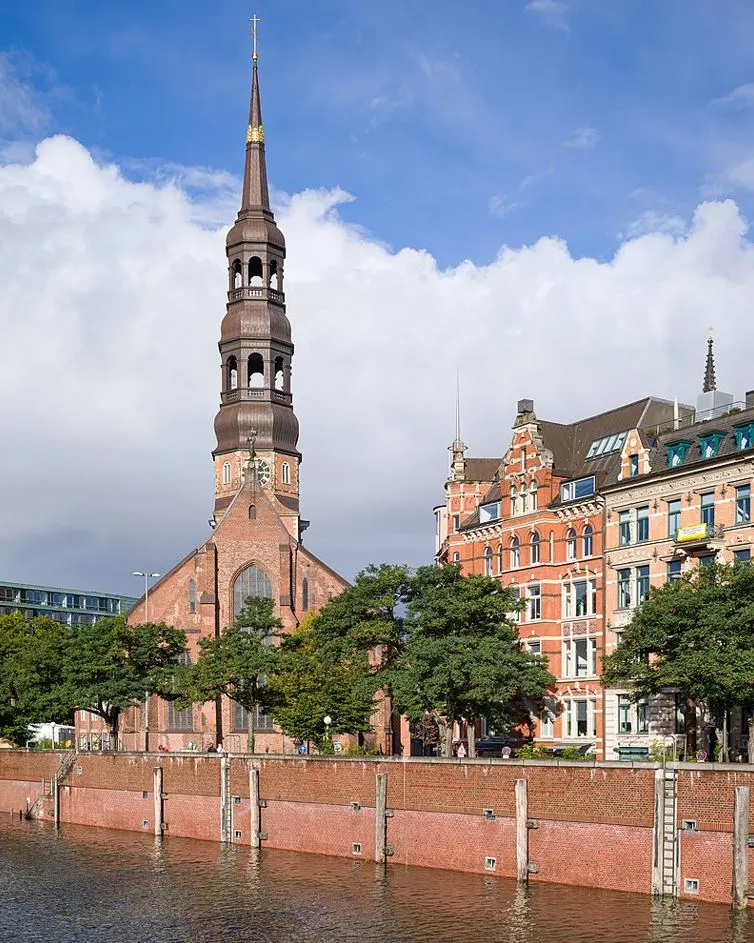
3. Great Tower Neuwerk
The Great Tower Neuwerk is a famous building in Hamburg that isn’t located within the city center but on a small island just north of it. Neuwerk Island is a small tidal island in the Waddensea and its great tower is by far the most important landmark that can be found here.
The brick tower was completed in 1310 and this makes it the oldest building in Hamburg. It was initially used as a beacon and watchtower and served its purpose as a lighthouse between 1814 and 2014. Today, it mainly serves as a popular tourist attraction on the small island near Hamburg.
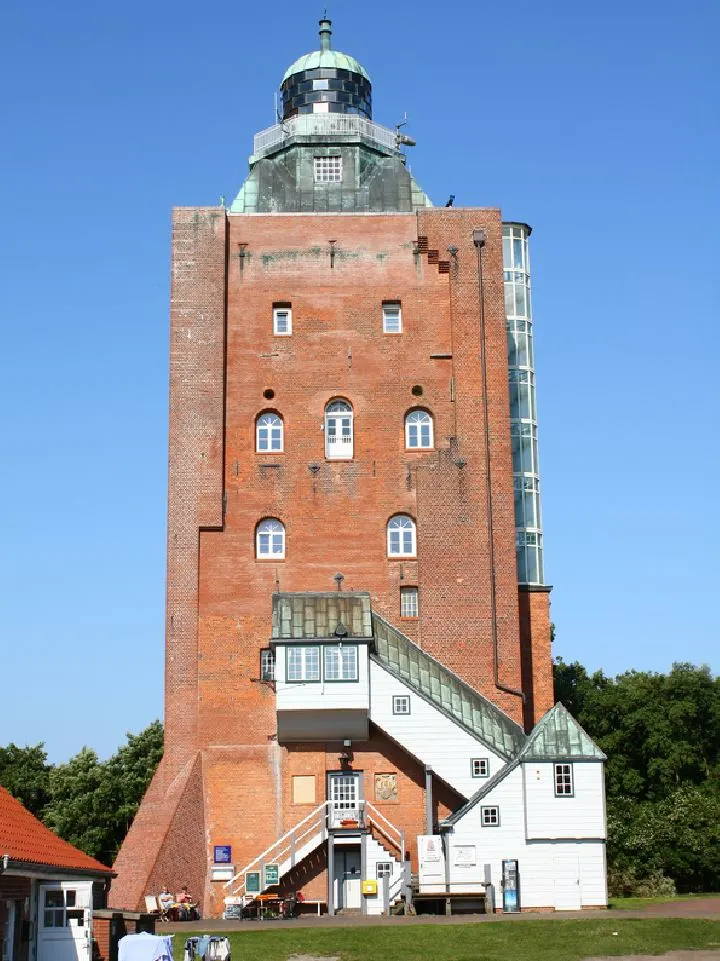
4. Der Spiegel Headquarters
Der Spiegel Headquarters is the official headquarters of Der Spiegel, a weekly magazine in Germany. It’s considered to be one of the most influential magazines of its kind in Europe and it has grown rapidly since it was founded in 1947.
The Old Spiegel Headquarters was located in the Old Town district of the city and the company moved to its new modern complex in 2011. It’s one of the main features of the HafenCity redevelopment project, one of the largest urban projects of its kind in Europe.
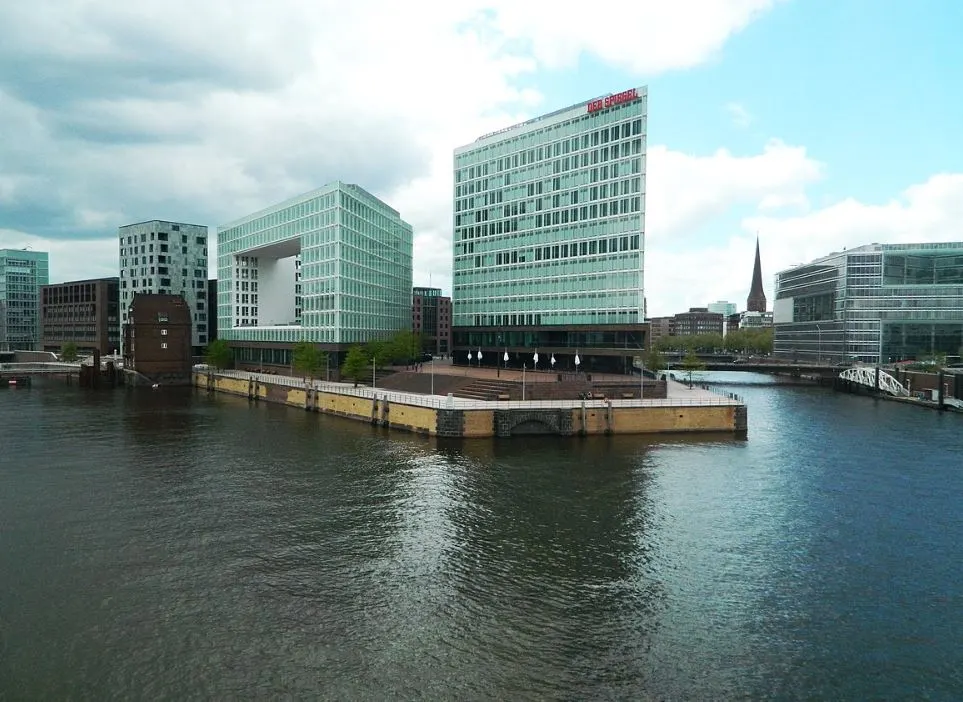
5. Elbphilharmonie
The Elbphilharmonie is arguably the most striking building that was constructed as the HafenCity project. This incredible concert hall isn’t only located on a peninsula of the Elbe River known as “Grasbrook,” it also towers above the other buildings in this part of the city.
The building opened its doors in 2017 and cost a whopping 866 million euros to complete. That’s quite a bit above the initial scheduled budget of 247 million euros. With a height of 108 meters (354 feet), it’s also one of the tallest buildings in Hamburg and the tallest inhabited structure in the city.
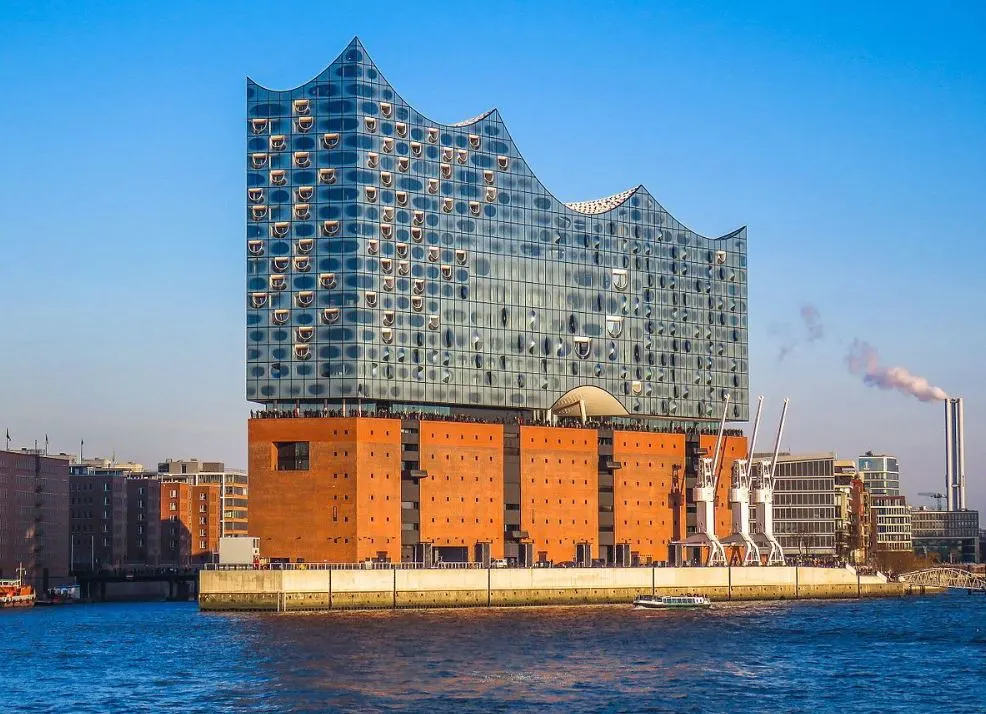
6. Chilehaus
The Chilehaus is a historic office building in Hamburg that is considered to be the epitome of the Brick Expressionist style of architecture. Constructed between 1921 and 1924 and located in the Kontorhaus District of Hamburg, it embodies this variation of Expressionist architecture.
It’s an enormous structure that covers an area of about 6,000 square meters (1.5 acres). Constructing this 10-story office building required approximately 4.8 million dark Oldenburg bricks. Because of its historic value, the Chilehaus became part of a UNESCO World Heritage site.

7. St. Michael’s Church
St. Michael’s Church is commonly referred to by locals as “Michel” and is another Lutheran church in Hamburg. This Baroque building is considered to be the most beautiful of all 5 Lutheran churches in the city and is the most prominent structure of the Neustadt district (New Town).
It’s not the first church that was constructed here because the original building was completed between 1647 and 1669. It was destroyed by lightning in 1750 and was completely rebuilt by 1786. Serious renovations to the second version were needed in the 20th century, especially following World War II.
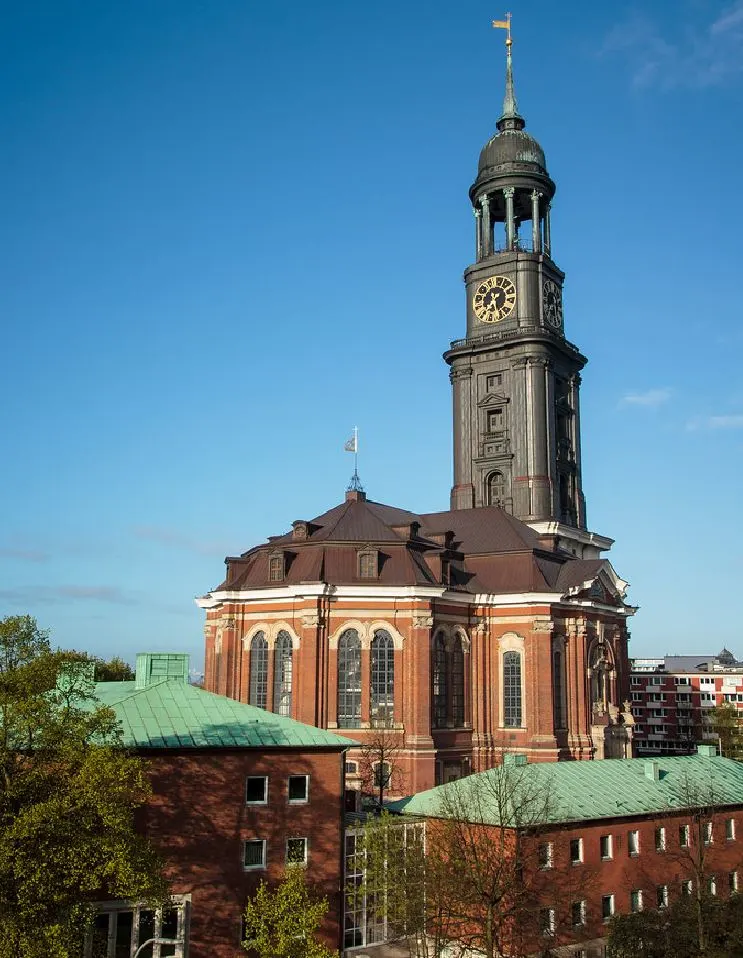
8. Hamburger Kunsthalle
The Hamburger Kunsthalle is the main museum of fine arts in Hamburg, and also one of the largest art museums in Germany. The museum has a history that goes back to the 19th century when the Hamburger Kunstverein (founded in 1817) established the “Städtische Gallerie” in 1849.
Because the collection grew quickly, the organization was forced to find a suitable location, and the main building of the museum was completed in 1869. Two additions were made, the Kuppelsaal in 1921, and the Galerie der Gegenwart in 1997.
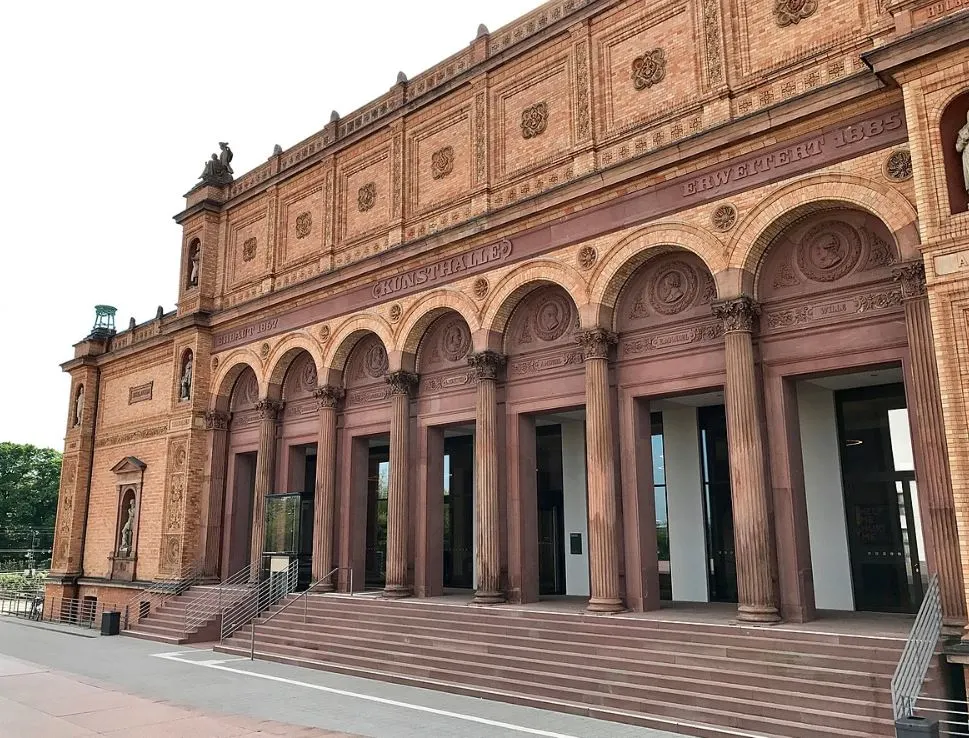
9. St. Nicholas Church
St. Nicholas Church is another historic church in Hamburg that was originally one of the main Lutheran churches in the city. It has a history that goes back to a wooden chapel that was built here in 1195. This was eventually replaced by a brick building in the 14th century.
The medieval church was destroyed by the first of 1842 and was completely rebuilt by 1874. The beautiful Gothic Revival spire was designed by the English architect George Gilbert Scott and stands 147 meters (482 feet) tall. As you can see, the bombing during WWII only left the spire and the church’s crypt standing.

10. Hamburg Central Station
The Hamburg Central Station is likely the place you’ll arrive in the city when you come by train. It’s the main train station in the city and first opened its doors in 1906. It’s an enormous structure that features multiple platform islands.
With over 550,000 daily passengers, it’s not only the busiest train station in Germany but also the second-busiest in Europe after the Gare du Nord in Paris. It has some crazy dimensions with a length of 206 meters (676 feet), a width of 135 meters (443 feet), and a height of 37 meters (121 feet).

